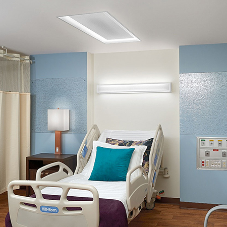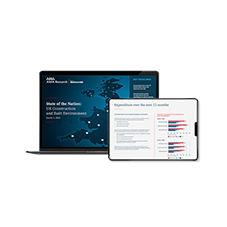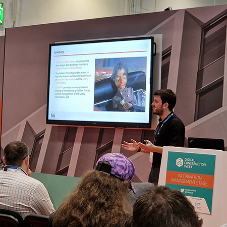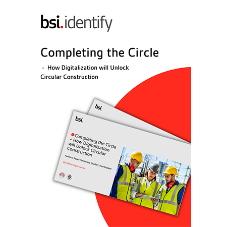Author: Dr Seyed Ghaffar, PhD, CEng, MICE, MICT, FHEA
One of the most important components of the global economy is the built environment sector where professionals help innovate processes to meet the demands. Professional engineers have the chance to make innovations that transform built environment. This helps fulfil society’s demand, respond to environmental problems, drive sustainability, growth, inclusiveness.
The delivery of high-quality projects for the built environment is highly dependent on digital innovation and smart engineering. Technology innovations such as robotics, AI, machine learning, 3D printing, BIM, AR/VR, laser scanning, prefabrication and DfMa platforms, analytics software, blockchain, digital twins and IoT can play a critical role in various areas, including improving on-site efficiency, involvement of stakeholders, and guaranteeing a smart asset to lead the transformations required to combat the global changes.
Furthermore, young talent would also be highly motivated to devote their careers to the built environment sector, in contrast to current perception. To ensure retention of young talent, it’s important to provide digital training opportunities and educational systems. Through the augment of digital technologies, the construction skill-base can be digitally empowered, and construction processes can be improved. The utilization of digital technologies in the built environment sector can lead to the rise of new construction skills, replacement of jobs such as traditional cost quantification, and the realization of new tasks such as sensor monitoring. The onboarding of a younger generation of professionals, would ensure less reticence to embrace digital technology and implement new methods.
The fourth industrial revolution opens up possibilities for the creation of tools that will enable continuous state awareness and proactive decision making to manage buildings and infrastructure systems effectively and efficiently. Smart infrastructure presents a variety of opportunities for a digitised built environment. Learning from real performance to change the way assets are designed, delivered, operated and integrated into infrastructure development using digital twins, AI and machine learning are a huge advantage for sustainable development. Other opportunities are the reduction of uncertainty in design, construction and asset management, delivering knowledge, tools and essential to meet the challenges of scarce resources.
Some important requirements for a digitalised built environment are the use and development of sensor systems, data-driven decision making and showing the real value of smart solutions to stakeholders. If the final target is set low and focused only on small-scale optimisation, the digitalised built environment will never happen. All stakeholders, including engineers must be encouraged to be passionate about change, and this will help reveal the potentials of smart infrastructure. This is a challenging step for the industry and needs to be tackled by a mix of innovative design, academic research, application of technologies, collaboration and flexible regulation.
Sources
https://doi.org/10.1061/(ASCE)CO.1943-7862.0002324
https://doi.org/10.3390/joitmc8010045
https://doi.org/10.1016/j.autcon.2018.05.005
https://doi.org/10.1108/ECAM-01-2018-0004
https://doi.org/10.3390/buildings12020120
https://doi.org/10.3389/fbuil.2021.660758
Related Blog Articles



crop192.png)












